Hydrangea paniculata "Vims red": description and winter hardiness, planting and care
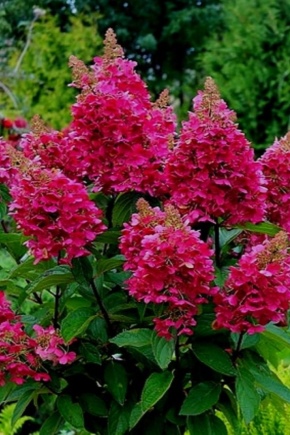
The Weems Red hydrangea developed by breeders is based on the achievements accumulated over many years. Despite its recent appearance, the culture was highly regarded. It's time to understand the basic characteristics of the plant and figure out how to grow it.
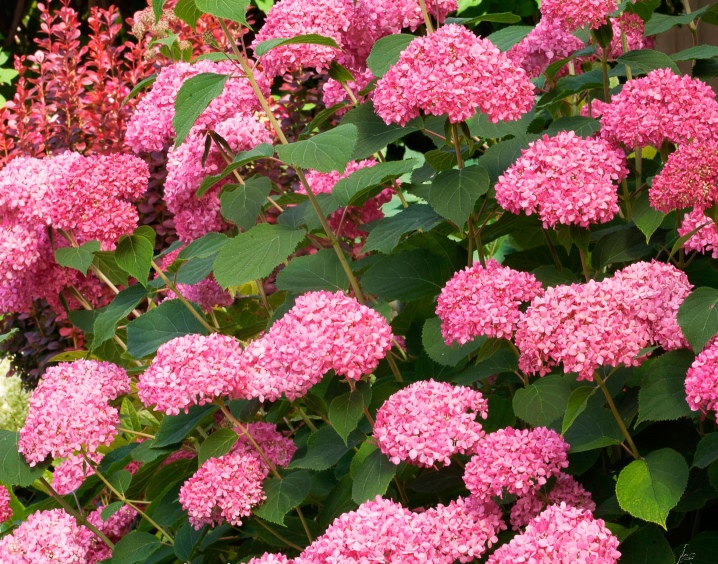
Peculiarities
Panicle hydrangea "Vims red" differs from other representatives of this family in that the variety has a very low growth. The plant cannot be higher than 1.5 m. The shoots are spread out on the sides in breadth, which creates a stunning external effect. In this case, the inflorescences reach 0.3-0.4 m in length. The inflorescences are characterized by the shape of a narrowed pyramid.
In the description of the variety Wim's Red, not only the low height is noted, but also the limited fertility of flowers (there are 50% of them). The sterile half of the flowers usually have 4 lobes. The diameter of the flower is from 0.05 to 0.07 m. This indicator is the same along the entire length of the brush. Therefore, the inflorescences look delicate.
The earliest flowers are snow-white, they gradually turn pink. And with the onset of autumn, the hydrangea is covered with a wine-red mass. The main thing is not even an attractive red color, but an exceptionally strong, like honey, aroma. "Weems red" is distinguished by large, dark green, with a slight reddish tint, leaves. They reach their maximum grace in the autumn months, as soon as the foliage is covered with areas with a metallic sheen.
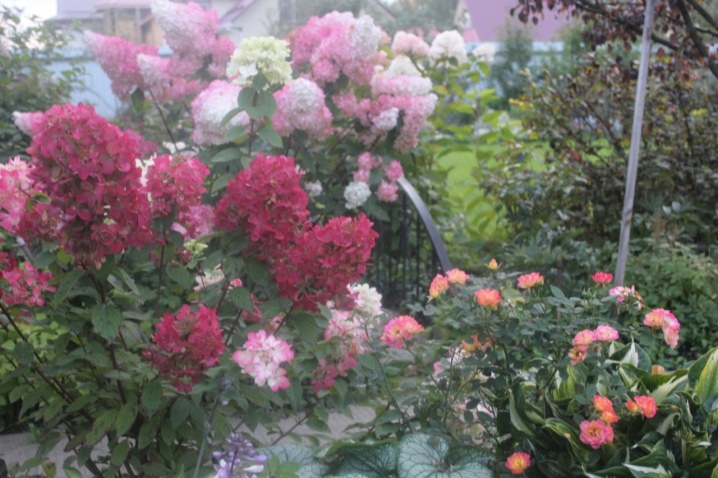
This shine subtly flows into different shades:
- cherry;
- bronze;
- purple;
- orange;
- yellow.

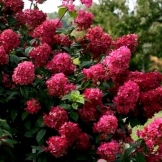
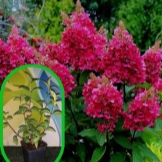
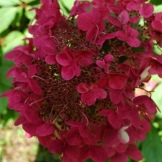
Shoots are characterized by a dark red color. The flowering frequency is once a year. It happens on last year's shoots. Winter hardiness at "Weems Red" is decent - the survival of the plant is guaranteed even at temperatures up to 30 degrees. But all the same, young shoots need to be covered at the end of autumn and mulched; only from the third year of development it is not necessary.
An overview of the hydrangea in the video below.
Growing conditions
Key requirements when growing this variety of ornamental plants, it turns out:
- soil quality and its chemical composition;
- humidity level;
- lighting characteristics.
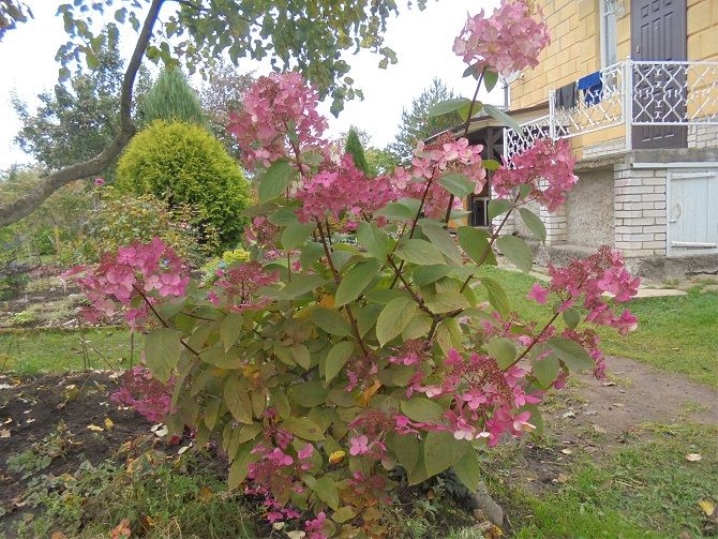
Priming
Weems Red develops optimally when the soil is weakly acidic. Areas with a neutral acid-base balance are acceptable. However, it is impossible to get flowers of a bright color on them. Alkaline earth will completely destroy the panicle hydrangea. Therefore, it is categorically impossible to plant it where lime was laid.
At the same time, high fertile qualities of the land and the presence of a significant amount of organic matter are desirable. Hydrangeas develop poorly on the sand. Their growth can slow down quite a lot. To acidify the earth, brown peat or sawdust is used. It is forbidden to add not only lime to the soil, but also ash and chalk.
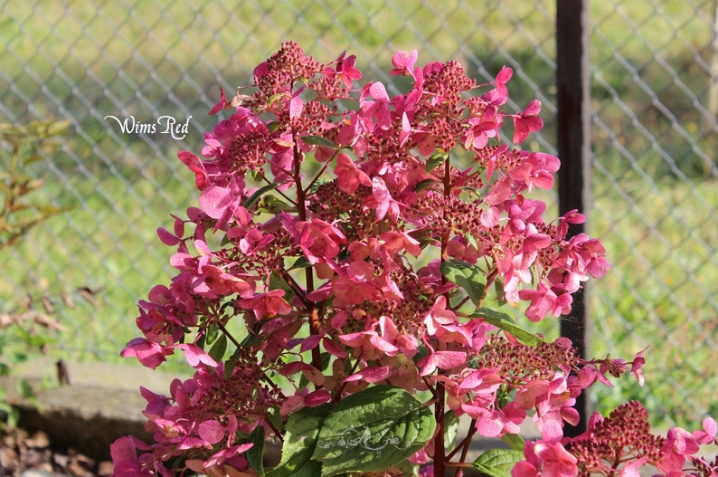
Temperature and humidity
Paniculate hydrangeas need to provide partial shade. Direct sunlight should only hit them in the early morning or evening hours. For the day, the bushes are covered with taller plants or buildings. In principle, this shrub can also be grown in full shade. However, with a lack of lighting, flowering becomes unreasonably scarce.
Hydrangea moisture is needed in large quantities. Sometimes even special watering is not enough. Therefore, it is advisable to plant this variety in humid places.Of course, the land should not be swampy - this is also bad. If there is not enough naturally flowing water in summer, additional irrigation is required.

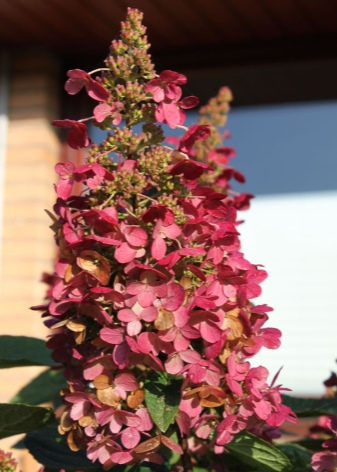
How to plant?
If you have to land on a wetland, you need to compensate for this negative moment. The solution to the problem is to lay a thick drainage layer in the planting hole. It is created from:
- brick fight;
- small stones and gravel;
- expanded clay of large fractions.
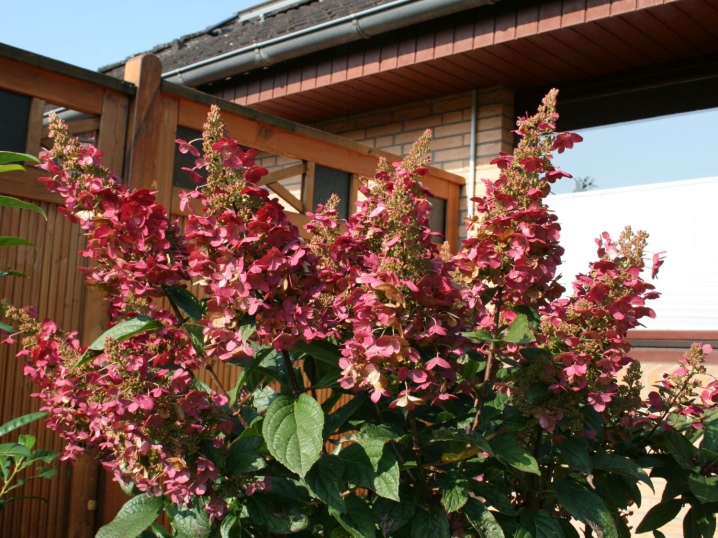
Choosing an open area is not advised, not only because of excessive sunlight, but also because of the great danger of wind. With its strong gusts, individual flowers and leaves can come off. This greatly interferes with the normal life of the hydrangea. It recovers slowly from such a shock.
The planting pit should have a diameter of 0.5 m and a depth of 0.4 m. This recess should be filled by 1/3. The required soil mixture includes:
- peat;
- garden land;
- washed and calcined sand;
- selected humus.
The seedling is placed vertically in the pit. The root system must be covered with soil residues. Deep penetration is not recommended. Normally, the root collar is kept at soil level. The planted bush is immediately watered, and to keep moisture in the ground, sprinkle with mulch.
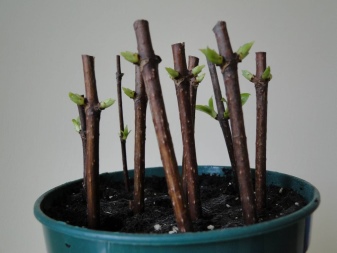
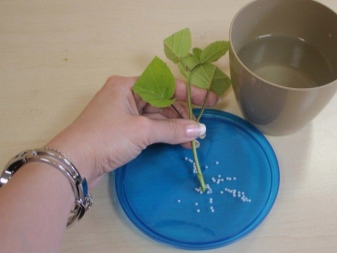
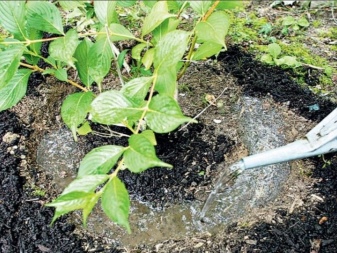
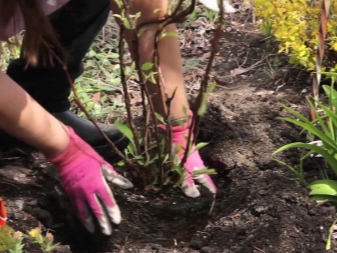
How to take care of it properly?
Caring for the Weems Red panicle hydrangea is relatively simple. Overdrying of the soil should be strictly avoided. The roots of the plant will not be able to fully provide it with water. If the heat comes, you need to water the flower 1 time in 3-7 days. At the same time, 10 liters of water are consumed for 1 bush.
As soon as the hydrangea is watered, the soil around it is thoroughly loosened. When there is a growing season and flowering, fertilizing is applied every 14 days. In the spring (up to half of May), nitrogen fertilizers are used. Later, potassium and phosphorus are used for dressing, otherwise it is impossible to guarantee lush flowering. Immediately before the beginning of winter, a layer of humus mulch is formed.
Shoots of "Weems Red" need to be pressed to the ground and covered with a layer of spruce branches. Garden arches are placed over it and a non-woven material is stretched. The edges are pressed as tightly as possible. If blown away by the wind, the consequences can be extremely sad.
Prune the hydrangea twice a year. With the onset of spring, you can form a bush. It is important to have time to do this before the juices begin to move. They begin work by removing frozen and withered shoots. They are removed at the root so that even small stumps do not remain. When the crown is formed, the shoots are simply pruned to obtain the required geometry.
They try to save last year's shoots without pruning. This allows more flower buds to be laid. Only old shrubs need to be rejuvenated by pruning. It is recommended to leave 5 or 6 developed branches in stock.
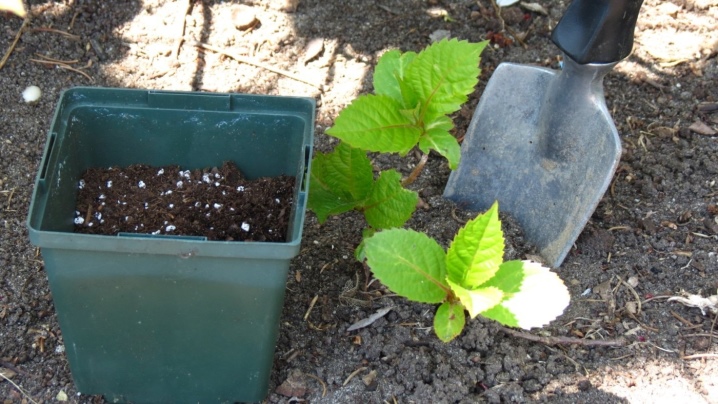
Important: all shoots, except for strong and well-formed ones, must be cut off without any pity. Inexperienced growers often cut off all the shoots at the end of autumn. It is absolutely impossible to do this. The old branches are pruned, leaving a height of exactly 0.1 m. Then you can count on the appearance of a new young growth. It will bloom next season. Sanitary pruning is needed before winter comes. Inflorescences are cut out without fail; although they sometimes say that they are beautiful, under the snow load and under the pressure of the wind, parts of the plant can break.

To prevent the buds from freezing in extreme cold, it is required to cover the plants with agrofibre. Of the materials at hand, straw replaces it, but it is somewhat less practical.
Growth accelerators allow you to achieve the appearance of buds in the first year of life, but only in the next season, when a good root system is formed, flowering can be expected.
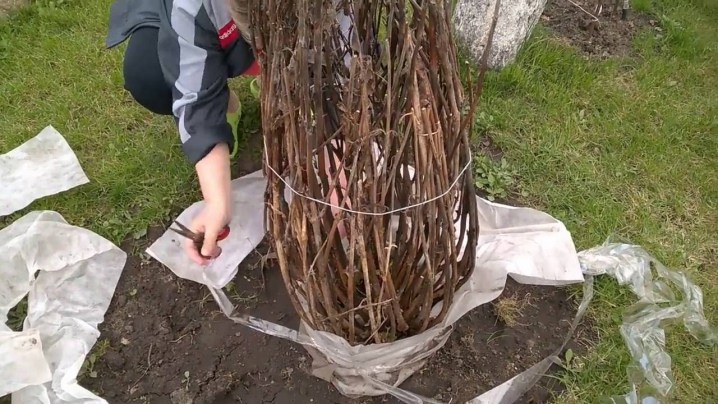
Diseases and pests
Weems Red is moderately resistant to pathological conditions. A particular risk is associated with:
- powdery mildew;
- chlorosis;
- anthracnose.
Among these diseases, chlorosis is predominantly found. Feeding plants with iron salts helps to prevent it.The procedure is carried out 2 times a month. If the hydrangea does get sick, iron chelate will help it effectively. In the fight against pathological fungi, only branded insecticides are used that are suitable for the spectrum of action; home remedies are ineffective. Any pests dangerous for "Weems Red" are perfectly eliminated by "Aktara".

Against powdery mildew and leaf spot you need:
- "Speed";
- "Maksim";
- Horus;
- "Quadris";
- Ridomil Gold.

Some of the diseases begin due to improper maintenance and poor living conditions. The same chlorosis is provoked by an iron deficiency or an excess amount of lime in the soil. Moreover, the simultaneous action of such factors enhances their negative effect. Signs of chlorosis are:
- yellowing of foliage;
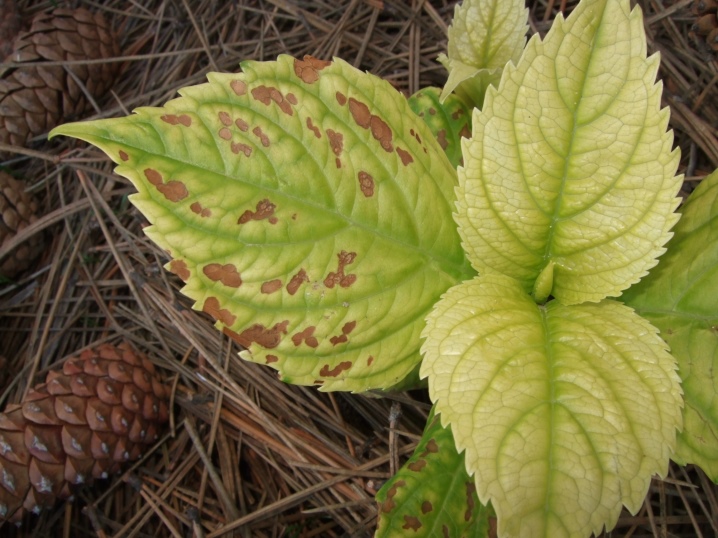
- their gradual drying;
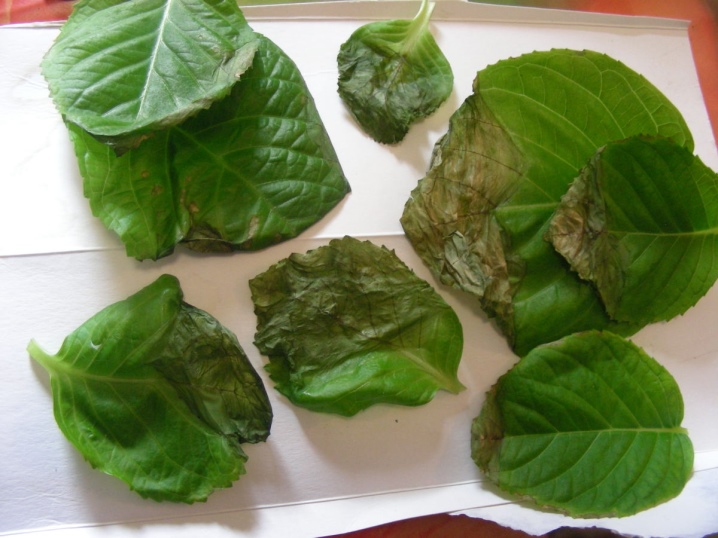
- preservation of the green color of the veins.
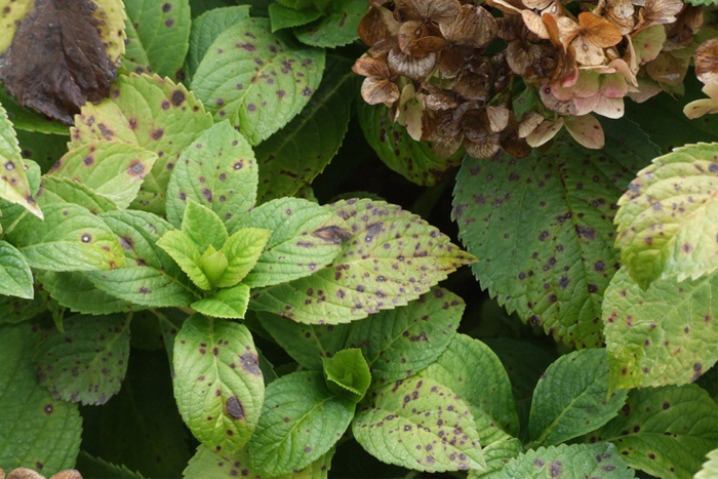
Chlorosis can cover the entire leaf or lead to the formation of large spots on it. Both of these manifestations are equally dangerous and deserve immediate action. If you have no idea what exactly caused the disease, you need to adjust the acid-base balance of the earth. In addition to acidification with peat, it can be improved with Al2 (SO4) 3. The amount of reagents is determined by the level of soil alkalization and can range from 2 to 5 kg per 1 m2.
Irrigation with rainwater or the use of softeners can help prevent chlorosis. Instead, water settling is sometimes used for several days. If these measures do not help, it is necessary to urgently reduce the introduction of mineral fertilizers. Be sure to check their composition to exclude the appearance of unwanted components. At home, a solution is used for feeding with iron: 2 g of vitriol per 1 liter of water.
If you need to use more or less vitriol, the amount of liquid is recalculated accordingly. The solution is softened by adding citric acid.
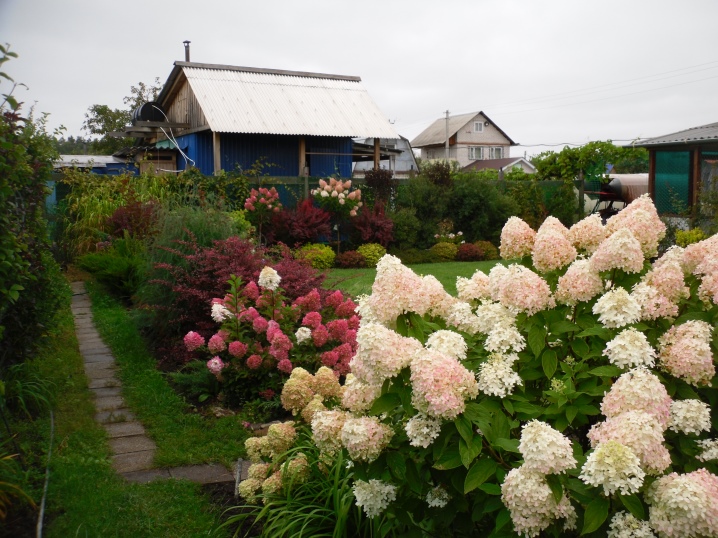
Important: if the bush is in disrepair, you need to give preference to the store composition.

Hydrangea can get burns from strong sunlight. Sore spots become thinner and may even dry out. The only cure is to shade the problem culture.
The combination of excessively bright lighting and lack of water leads to blackening of the foliage. Sometimes the disease begins with the appearance of a brown border. Lack of attention to the problem turns into the fact that it is aggravated - of course, this state does not go away. The main measure of treatment is shading the flower and watering it with the softest water possible. Then, over time, the situation returns to normal.
If the leaves are not only blackened, but also curled, become lethargic, then the cause may be a serious temperature drop and / or insufficient irrigation. When foliage simply curls, but does not turn black or weaken, the cause can be sought in the ingress of herbicides. When a white bloom appears on the bush, it is better to remove diseased specimens immediately. It is impossible to cure them. But there is a great risk of infecting other plants.

Gray rot attacks primarily foliage and soft tissues that did not have time to get stronger. Excessive watering and unjustified overcrowding of plants contributes to its appearance. Infection manifests itself in the formation of softened gray areas on the leaves. It is recommended to cut and burn all sore spots. Severely affected bushes should be destroyed immediately.
With a weak development of gray rot, it is suppressed with a Bordeaux mixture or with the preparation "Fundazol". Peronosporosis (aka white rot) is treated by removing the affected areas. Then the sections are disinfected with potassium permanganate. Of the protective drugs, potassium permanganate, Optima and Kuproksat help.
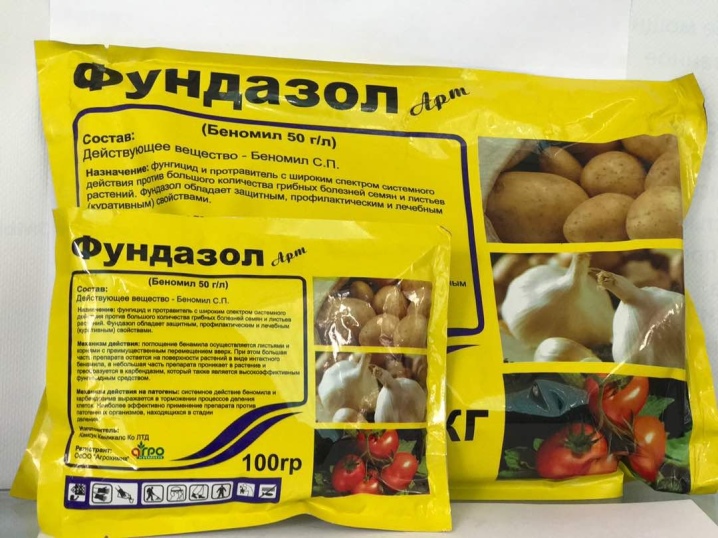
Septoria develops if the weather is damp and cool in summer. The spread of the fungus from the base of the bush to the top is characteristic. The spots have a diameter of 0.5 cm. Cut off places are disinfected not only with potassium permanganate, but also with garden pitch. Of synthetic drugs, "Profit" helps.
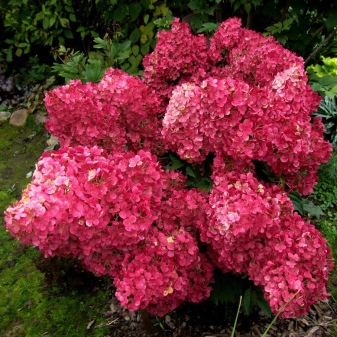

Use in landscape design
Hydrangea "Weems Red" is very popular among landscape designers. The culture is grown both in the format of spherical shrubs and in the format of a trunk. The paniculate species is useful for creating living barriers. It looks great both as a solitaire and as part of a larger composition. "Weems red" can be used in combined mixborders; good combinations are formed with:
- autumn anemone;
- decorative cereals;
- ferns;
- daylilies;
- phlox;
- iris;
- ivy;
- delphinium.
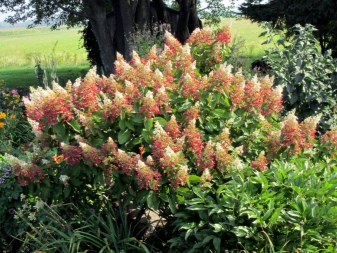
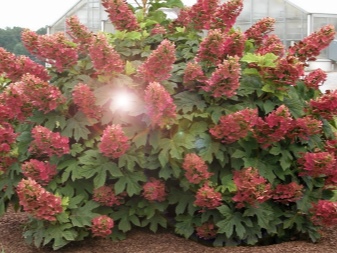
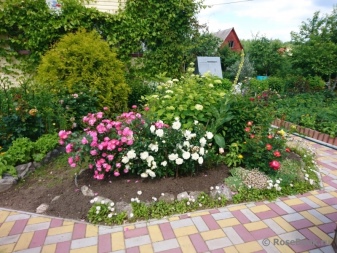

Review overview
Panicle hydrangea produces equally beautiful flowers for a long time. In the southern regions of our country, it is not necessary to shelter it for the winter. Judging by the statements of many gardeners, they simply cut off unnecessarily thin shoots. For shelter, if it is really necessary, it is advised to use lutrasil. There are no difficulties in growing this crop; however, Weems Red is poorly compatible with nearby plants.
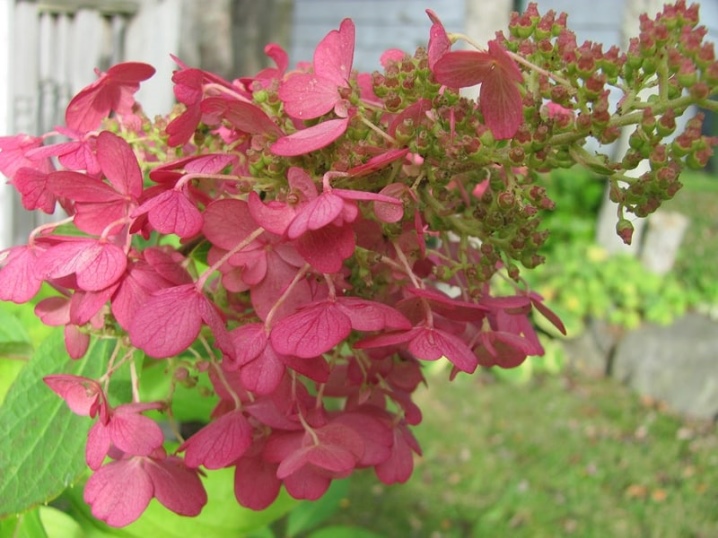



































































The comment was sent successfully.